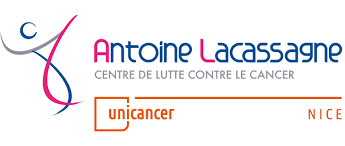The role of irradiated heart and left ventricular volumes in heart failure occurrence after childhood cancer
Résumé
Background: Paediatric cancer survivors have a high risk of developing cardiac diseases, and the most frequent cardiac disease is heart failure (HF). The radiation dose-volume effects in the heart and cardiac substructures have not been explored in childhood cancer survivors (CCS). Therefore, the role of irradiated heart volume in the occurrence of HF among this population remains unclear. The aims of this study were to determine the doses and irradiated volumes of the heart and left ventricle (LV) related to the risk of HF in CCS and to investigate the impact of anthracycline exposure on this risk.
Methods and results: A case-control study nested in the French Childhood Cancer Survivors Study cohort. The mean heart and left ventricular doses and volumes indicators were estimated by reconstruction of individual treatments. A total of 239 HF cases and 1042 matched controls were included. The median age of HF diagnosis was 25.1 years. The median volume of the heart that received ≥ 30 Gy was 61.1% for cases and 16.9% for controls. In patients who did not receive anthracycline, the risk of HF was increased 3.6-fold when less than 10% of the LV received ≥ 30 Gy when compared to patients who were not exposed to any cardiac radiation and anthracycline.
Conclusions: Small irradiated volumes of the heart or LV were significantly associated with HF risk. To the author's knowledge, this is the first study to report a dose-response relationship based on dose-volume indicators in CCS, which can be translated efficiently into current clinical practice.
